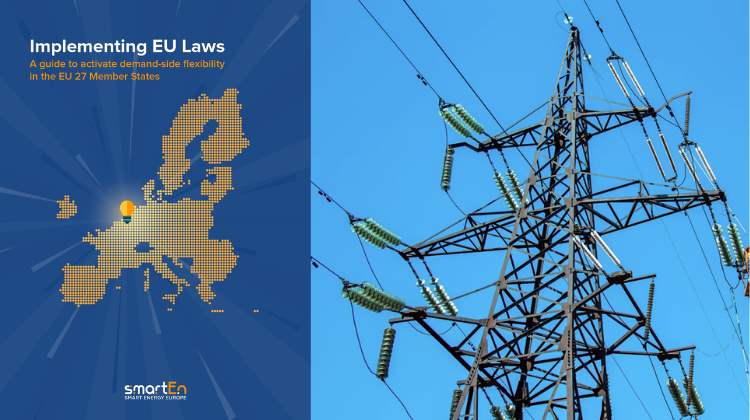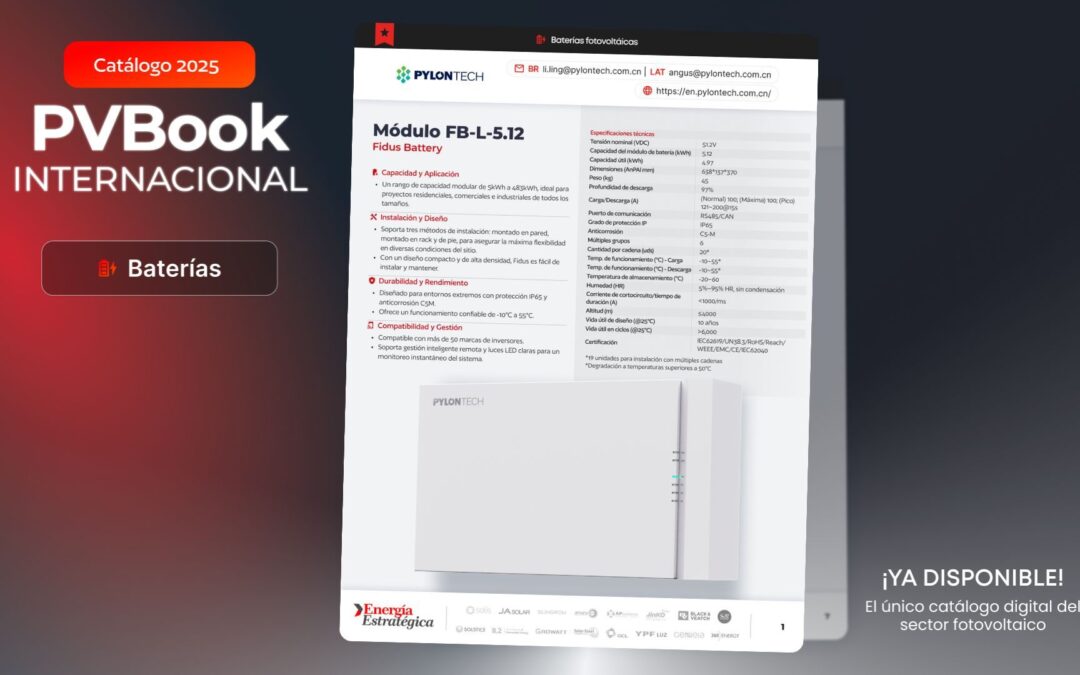The association SmartEN, which brings together companies providing flexible demand management solutions, presented a report on the state of implementation of European provisions regulating flexibility in the 27 Member States. The document highlights the strategic value of this resource in ensuring grid stability and optimising investments.
The analysis indicates that the full activation of flexibility could, by 2030, generate annual savings of between €11.1 billion and €29.1 billion in grid reinforcements, prevent 15.5 TWh of renewable energy curtailment, and reduce 60 GW of peak generation, equivalent to the construction of 137 gas-fired power plants. In addition, consumers who directly activate their flexibility could save more than €71 billion on their electricity bills every year.
SmartEN defines demand-side flexibility as the ability of any active consumer to adjust in real time their consumption, storage, or generation according to external signals from the energy system. This approach transforms users from passive to active players in the electricity market.
The report identifies seven barriers limiting the deployment of this model in Europe:
- Lack of market-based procurement of flexibility by grid operators.
- Restrictions on the participation of decentralised resources in energy markets.
- Insufficient deployment of technologies that enable buildings, vehicles, and industries to become flexible assets.
- Limited access for users to price signals.
- Absence of frameworks to foster innovative services and local energy communities.
- Limited availability and sharing of essential energy data.
- Lack of valuation of flexibility in electricity system planning.
The association underlines that European legislation already includes 70 provisions addressing these obstacles, distributed across six regulatory frameworks such as the Electricity Market Design, the Renewable Energy Directive, the Energy Efficiency Directive, and the Energy Performance of Buildings Directive. The challenge now lies in accelerating their implementation with urgency and ambition.
According to the report, flexibility is an essential component in addressing the current challenges of the European electricity system: growing distribution grid congestion, increasing volumes of renewables, sharper demand peaks, and greater price volatility. Without this resource, SmartEN warns, the energy transition will be more expensive, less efficient, and more dependent on fossil fuels.
The roadmap proposed by the association emphasises that TSOs and DSOs must act as neutral facilitators, procuring flexibility services through transparent and competitive markets. It also recommends accelerating the creation of local flexibility markets, which would harness decentralised resources and provide new business opportunities for consumers, aggregators, and technology companies.
SmartEN concludes that flexibility is not just a technical concept but a paradigm shift in the way electricity systems are operated. Its implementation, it argues, will lower costs, reduce emissions, and increase the resilience of the European energy system.
informe de SMARTEN sobre el estado de implantación de los 70 artículos de regulación europea que se refieren a flexibilidad





























